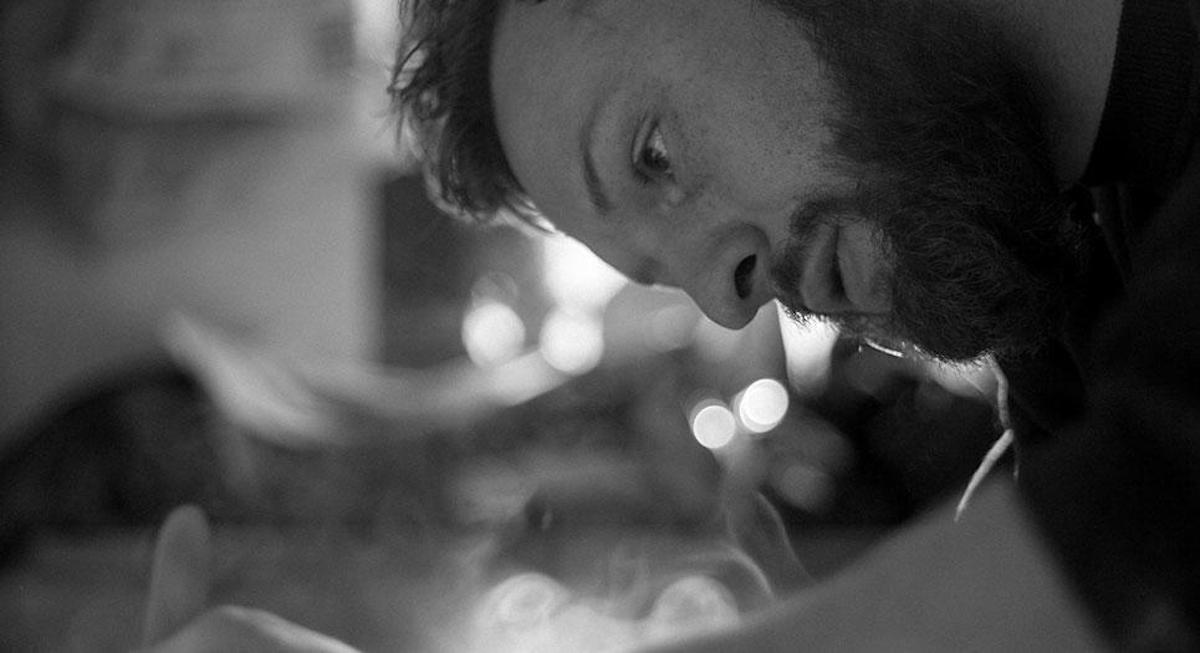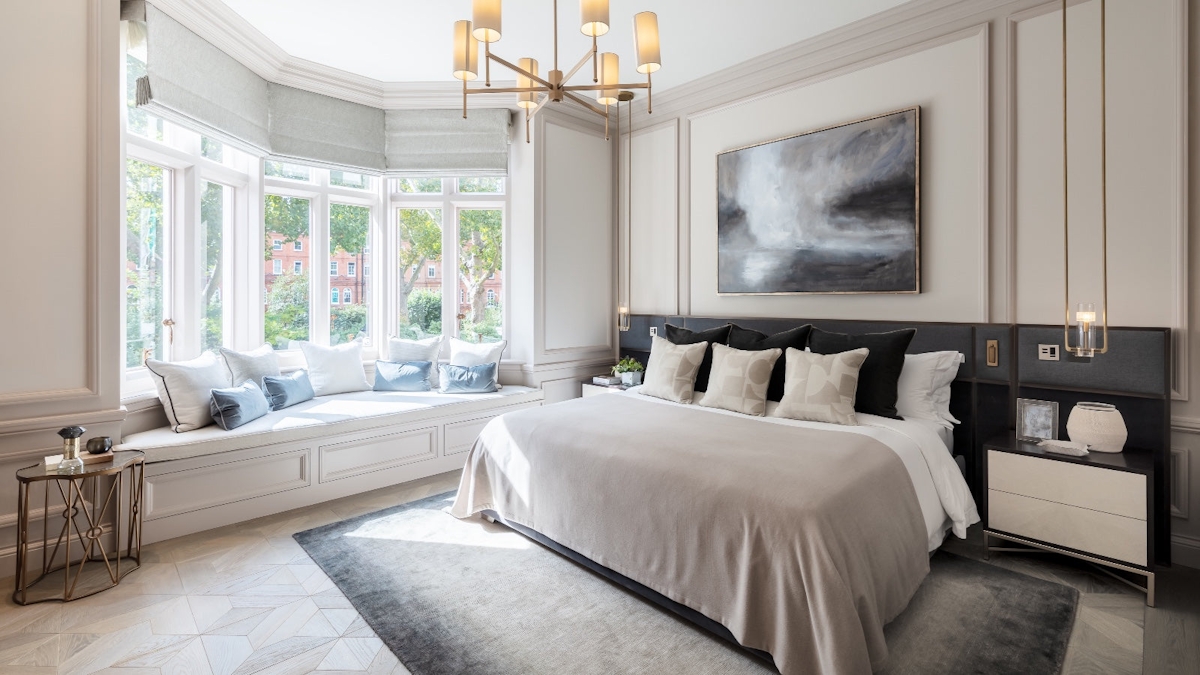Like any skilled ceramicist, British artisan Alex McCarthy understands the delicate balance between creative interference and the beauty of natural chance. Contrasting carefully hand-shaped, elegant silhouettes with naturally cracked surfaces and freely flowing trickles of metallic paint, the result is part refined, part rustic.
As a Spring/Summer addition to LuxDeco’s brand roster, discover what brought this young artist to his recognisable aesthetic, who inspires him and the creative process behind Alex McCarthy ceramics.




